I was recently asked by Ethos magazine to write an article dedicated to a subject I’ve become very passionate about, sustainable design. The article focused on how Danish design brands in particular are creating a blueprint for a greener and more equal future for us all.
As part of ‘Better home. Better world.’ I wanted to help readers understand both the wider agenda, as well as share with them some of my favourite examples of furniture, lighting and home accessories that are all produced in a moral way.
At the top of my list where pieces by the brand, Mater, who have become synonymous with clean lines, fine detailing and great craftsmanship, as well as a conscious and ethical design philosophy.
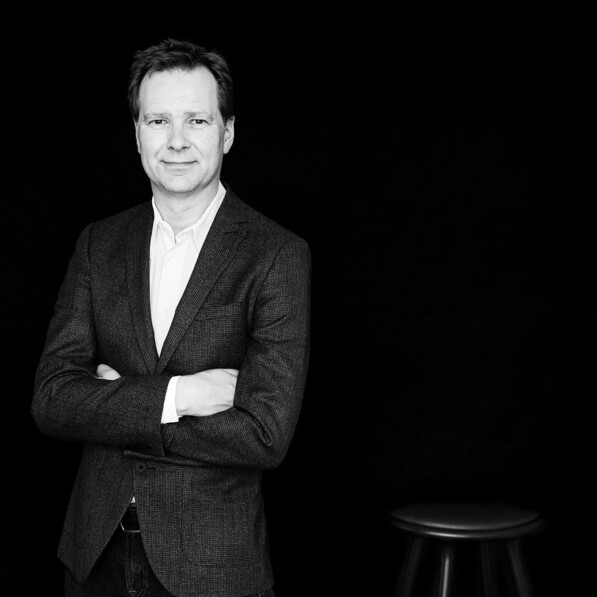
So, you can imagine how excited I was to chat with Henrik Marstrand, CEO and Founder of Mater last week to find out more about the journey he has been on, the incredible new pieces they’ve recently launched, as well as his hopes and dreams for the future.
Here’s what he had to tell me:
You talk about inspiring and encouraging sustainable consumer behaviour which is a huge ambition. Where did this ambition come from and how does this guide your everyday business decisions as well as the furniture and lighting you produce?
Two ambitions have always inspired me. First, leaving a legacy behind for my children and grandchildren through Mater, and secondly, living sustainability is more than a fleeting trend, but a real opportunity that will have a lasting impact for generations to come.
When launching Mater in 2006, I wanted to be at the forefront of this new movement. It hadn’t really emerged in the design industry yet, and even now, I still think there is huge potential in making sustainable materials both beautiful and timeless.
Over the last 15 years Mater has become a leading brand in conscious and ethical design. What changes ecologically, economically, and socially have you seen during this time?
When we started Mater, sustainability was seen as something ‘that would go away’, like any other quick fad. This was honestly the opinion within our industry, with buyers, architects, developers and retailers hard to convince and to get on board, but we kept going.
It was only a few years ago that there was a huge shift in thinking, linked partly to the public debate on climate action, and also a lot to what was learnt from other sectors, such as the food industry. Today terms such as ‘fair trade’ and ’ecological’ are part of our everyday choices.
I also personally think that consumers educated in the 2000-2010s have been the drivers behind this change. As they got older, got jobs and homes of their own, they fully understood that what they bought and how they chose to live their lives could really make a difference.
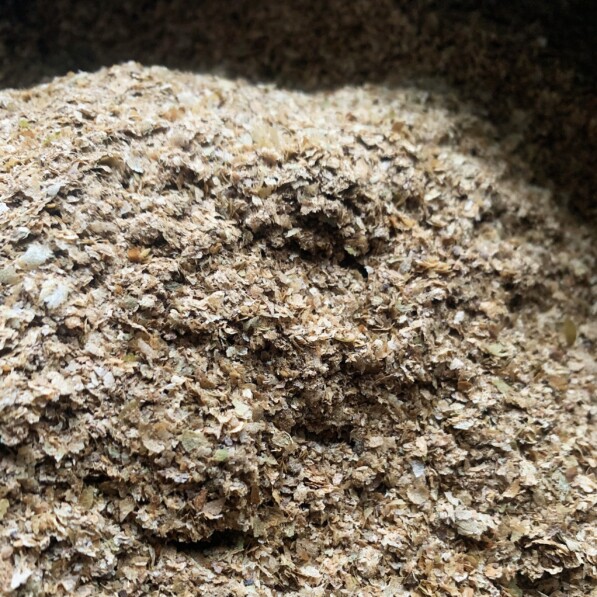
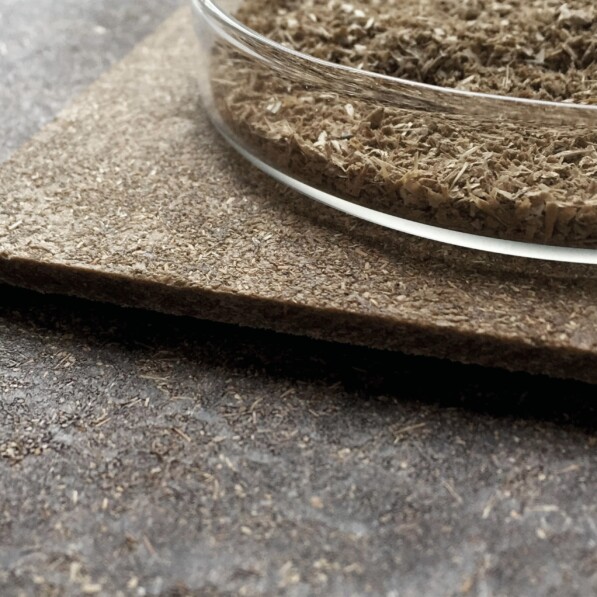
You recently collaborated with world-famous Danish brewing brand, Carlsberg. How did this partnership come about and what do you think other industry leaders can learn from it?
When we first approached global leaders Carlsberg with our new production model it was very well received as they, as a corporation, have sustainability embedded in their own strategy.
Nobody had previously succeeded in turning both waste plastics and the fibre output from beer production into design products that could be mass produced before.
Innovative new partnerships like this can really make a difference. They have inspired us in our work, and we have inspired them on their journey for makings things better.
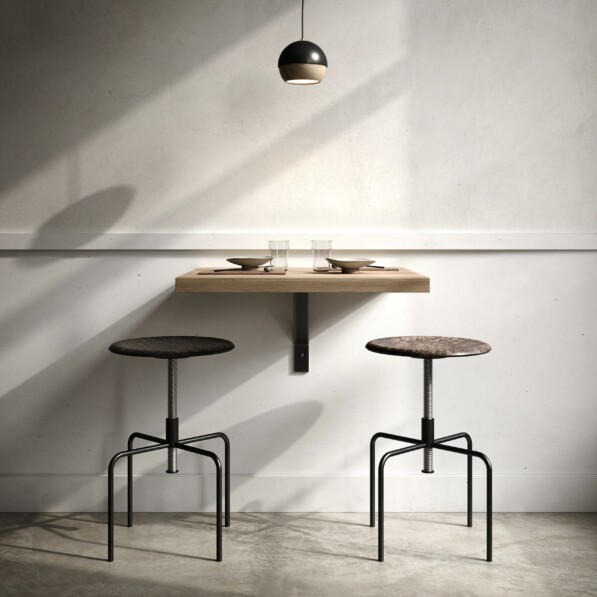
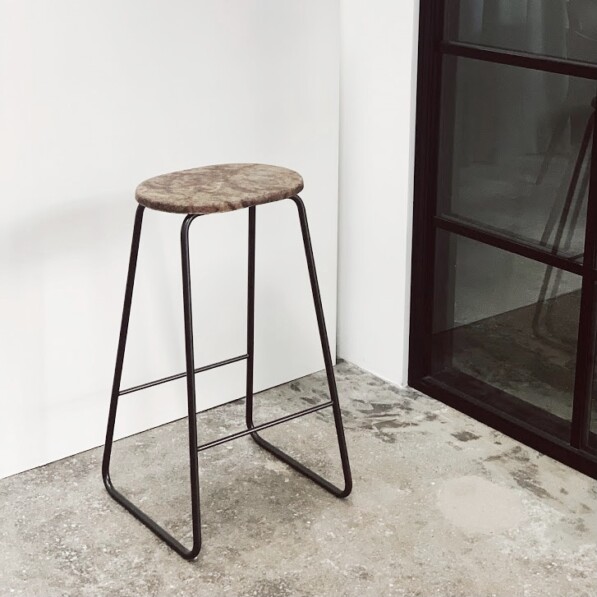
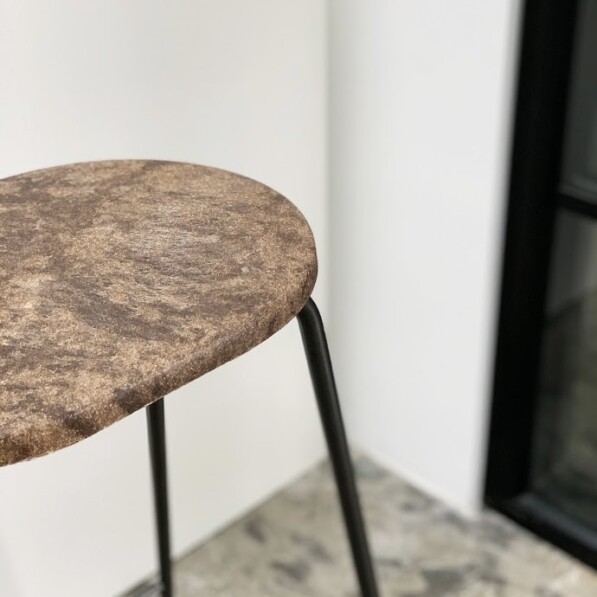
At this year’s 3 Days of Design you presented several new pieces which had been made from ground-breaking materials. Can you tell me more about the research, development and processes undertaken to create them?
The launch of the Carlsberg Mask Stool and the Earth Stool, which was developed with global insulin leader Novo Nordisk and Danish coffee maker BKI Coffee, is a result of over two years research.
Initially developed together with the Danish Technological Institute and University of Copenhagen, we looked at a new way of using a technology called Thermo Kinetic Mixing. Essentially, we mix a waste fibre with waste plastic to create a new material that has a lot of benefits.
While the composite material itself has never been seen before, it is still made using existing form pressing tools that have been used in the industry for decades. It is also highly durable, water resistant, does not need painting and can be re-used and re-processed several times.
We believe so much in this new material that we have now joined forces with Denmark’s biggest furniture production contractor to ensure an ambitious roll-out. Together we aim to make this approach an industry standard within just a few years.
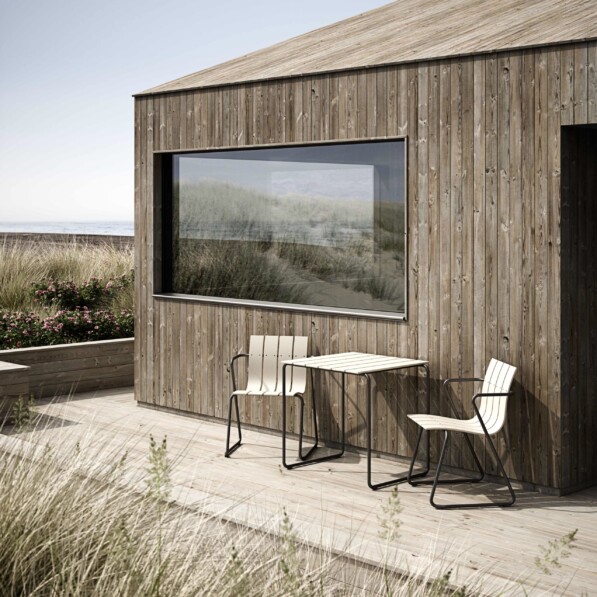
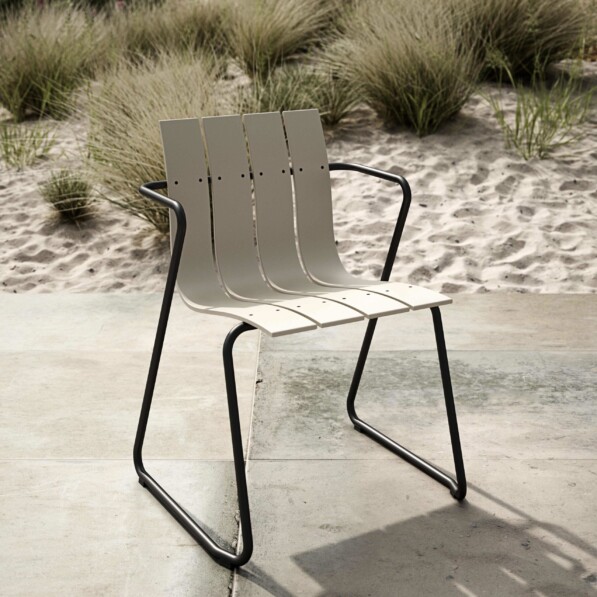
At Mater the talented designers and architects you commission turn waste into great design. How do you think the exciting products they create will go on to define not only this movement, but the future of Danish design?
It is essential that the designers we commission understand our way of thinking as well as the standards we need to work to in order to produce and re-produce furniture and lighting in a circular way.
We also work with some of the oldest Danish design families to bring pieces back into production and ‘rethink’ how they are now made, such as our very popular Ocean range, which was first designed in 1955 by Nanna Ditzel.
The industry is changing rapidly now, and up-cycling and sustainability is on everyone’s agenda. At Mater we have no doubt played a role in this and our team are so proud of this, but we also need to constantly challenge ourselves, and this is why we continue to venture into new ways of working.
Can you tell me more about the sustainable design challenges you are currently tackling at Mater, and what your dream project would be?
Our biggest challenge is steering not just ourselves, but other organisations, into circular thinking.
We need to help large corporations process their waste so that it is suitable for manufacturing. Essentially, we pick-up the waste at the factory gate, we handle cleaning, separation, grinding, logistics AND production. That is completely new, but we think this is also where we can make a difference.
Our product development team and supply chain team have developed skills within all the different plastic waste types, how they behave when mixed with other materials, what happens when heated and pressed within different temperatures, as well as how to successfully get all this information across to our commissioned designers.
There is still a lot of ‘work in progress’ and learning to do, but again we’ve teamed up with experts to create a simulation model so we can show the positive impact we are making in facts and figures. We have also produced a supply chain model, similar to the nationally recognised FSC wood certification program, so clients know that the waste we pick-up at the factory gate is in fact the same waste that returns as furniture.
For me a dream project would be Mater hosting and reusing all the plastic waste from one of the world’s leading brands for the next 20 years. I’m proud to say that we have the capability to take on such an adventure, so let’s think big.
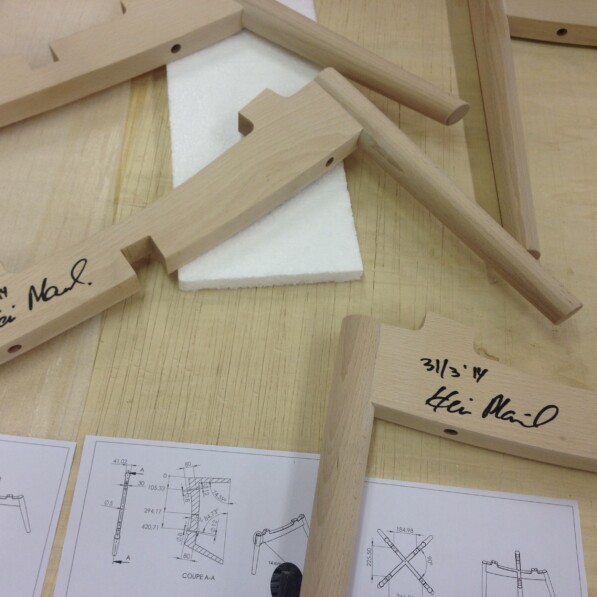
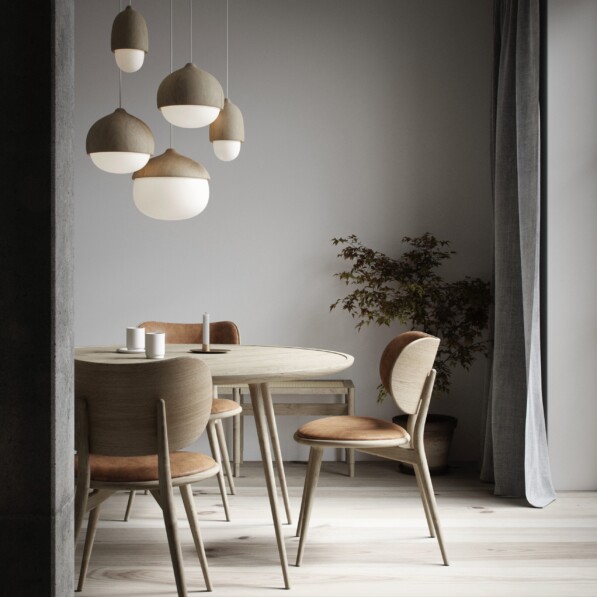
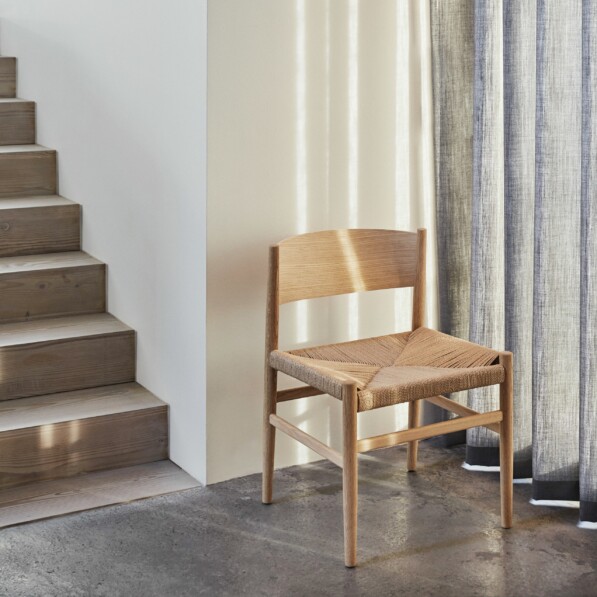
Thank you so much to Henrik for chatting with me, I’m already looking forward to next year’s 3 Days of Design to see what incredible new pieces Mater will reveal.
To find out more about Mater and to shop their collection please visit the Mater website.
Like this post? Then why not read my chat with the Founder and CEO of TAKT, Henrik Taudorf Lorensen.
All photography courtesy of Mater.

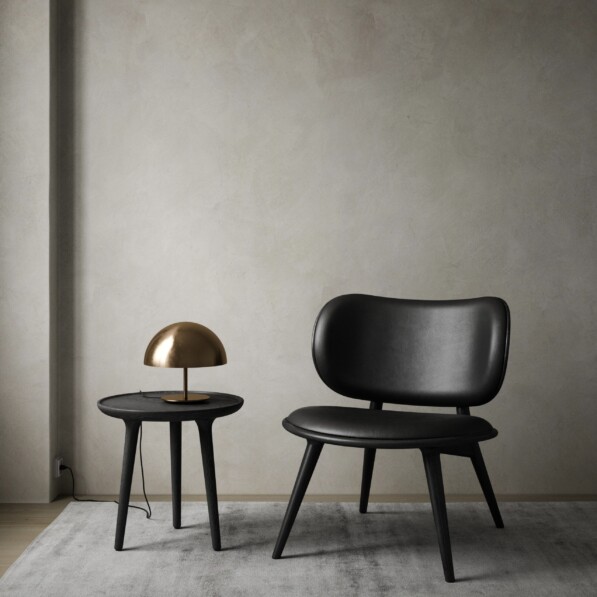
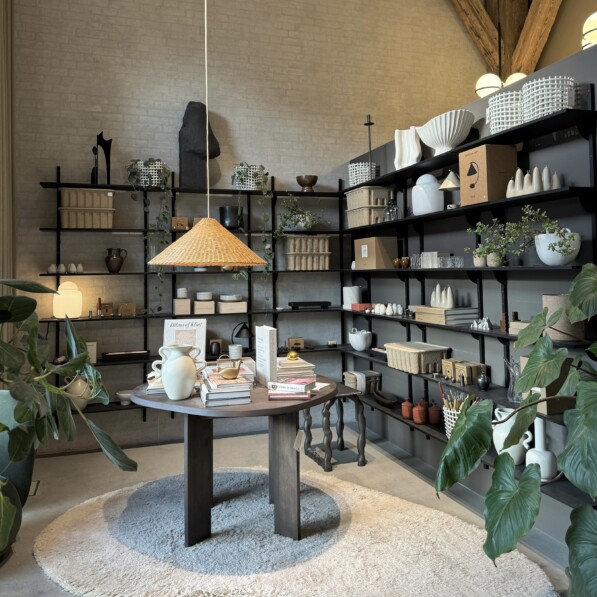

Leave a Reply